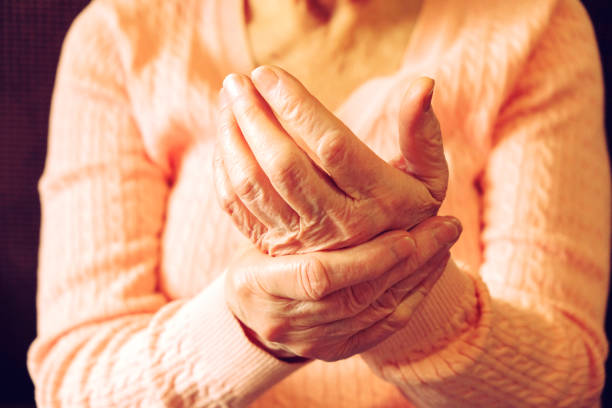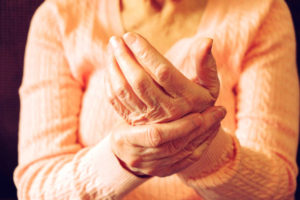

Arthritis is a condition that affects joints of the person. It lads to stiffness and inflammation in the joints. Here are some tips that help manage arthritis in seniors.
Often associated with ageing, arthritis is a disease that affects the joints. It affects both men and women, but it is more common among women and worsens more frequently as one gets older. If you’re a senior citizen or their caretaker, it’s important to keep in mind the symptoms of arthritis and techniques to manage it as it affects one’s ability to do basic daily activities like walking or climbing stairs. If not dealt with at the early stages, arthritis can also cause permanent joint changes.
Symptoms of arthritis
Seniors with arthritis often face symptoms including swelling, pain, stiffness, and decreased range of motion of joints which may come and go. They can be mild, moderate, or severe. They may stay about the same for years but can progress or get worse over time. In later stages, these changes may be visible, such as knobby finger joints. The most common type of arthritis in elderly people is Osteoarthritis, and it is one of the most common causes of physical disability among the elderly. Some types of arthritis can also affect the heart, eyes, lungs, kidneys and skin.
Management of arthritis through exercises
A special focus to exercises for elders can keep arthritis in check. These include range-of-motion exercises, strengthening exercises, aerobic exercise, and other activities such as yoga.
1. Range of motion exercises
These exercises help relieve the stiffness of joints and increase its ability to move their full range of motion. These exercises include movements such as raising the arms over the head or rolling the shoulders forward and backward. In most cases, seniors can do these exercises daily.
2. Strengthening exercises
These exercises help seniors build strong muscles that help support the joints. Once the full range of motion is achieved, it important to protect the joints by strengthening the muscles around it. Weight training is an example of a strengthening exercise that can help maintain or increase muscle strength. It’s crucial to keep in mind that these exercises should be done under guidance.
3. Aerobic exercises
Aerobic or endurance exercises help with overall fitness. They can improve cardiovascular health, help control weight and give more stamina and energy to do daily tasks with ease. Examples of low-impact aerobic exercises that are easier on the joints include walking, bicycling, swimming, and using an elliptical machine. The goal should be to try to work the way up to 15-30 minutes of moderate aerobic exercise per day.
4. Other activities
Body awareness exercises, such as gentle forms of yoga, help the elderly to improve balance thereby preventing falls. It improves posture and coordination and promotes relaxation.
Can arthritis be treated?
There is no treatment of arthritis that leads to full recovery. However, medication, periodic check-ups, can help reduce the symptoms. This will depend from person to person according to the type of arthritis. Medications and periodic health check-ups can help manage this condition.
Vaccinations
Vaccinations recommended to the elderly for arthritis are Influenza and Pneumococcal. Influenza vaccine is also commonly known as flue-shot which protects seniors from the flu and Pneumococcal vaccine protects them from pneumonia.
The elderly are prone to infections due to weak immune systems which often contribute to the increase in incidence and severity of infections.
These tests and vaccines will be beneficial in early detection and prevention of certain diseases and live a healthier and active life.
















































